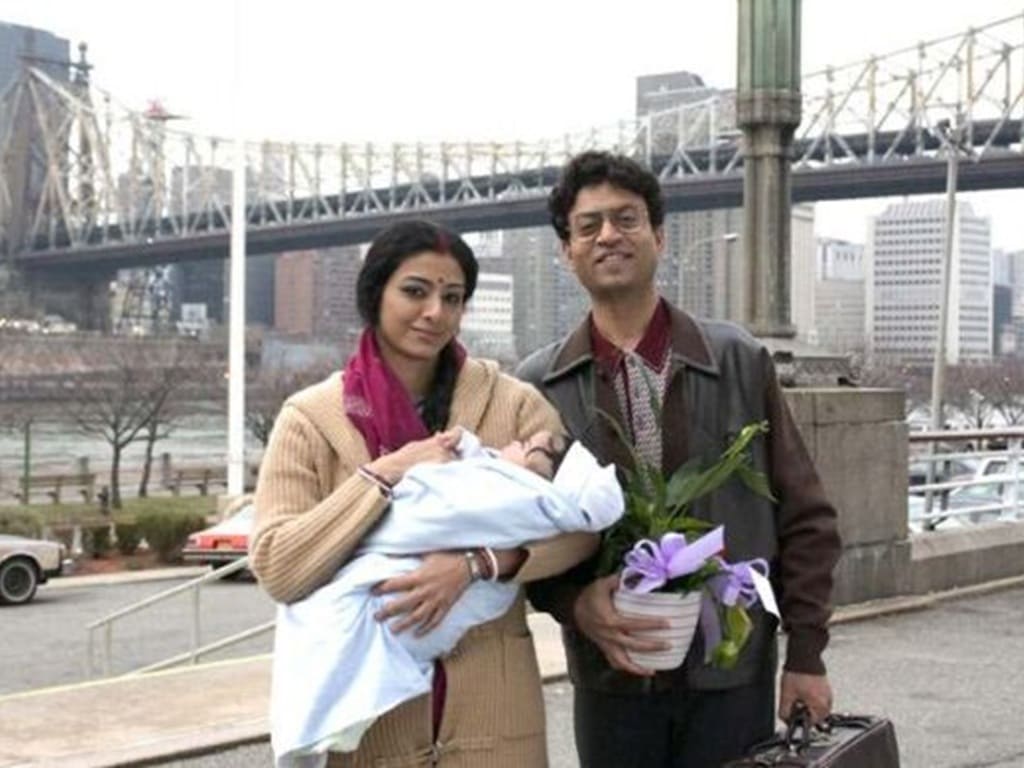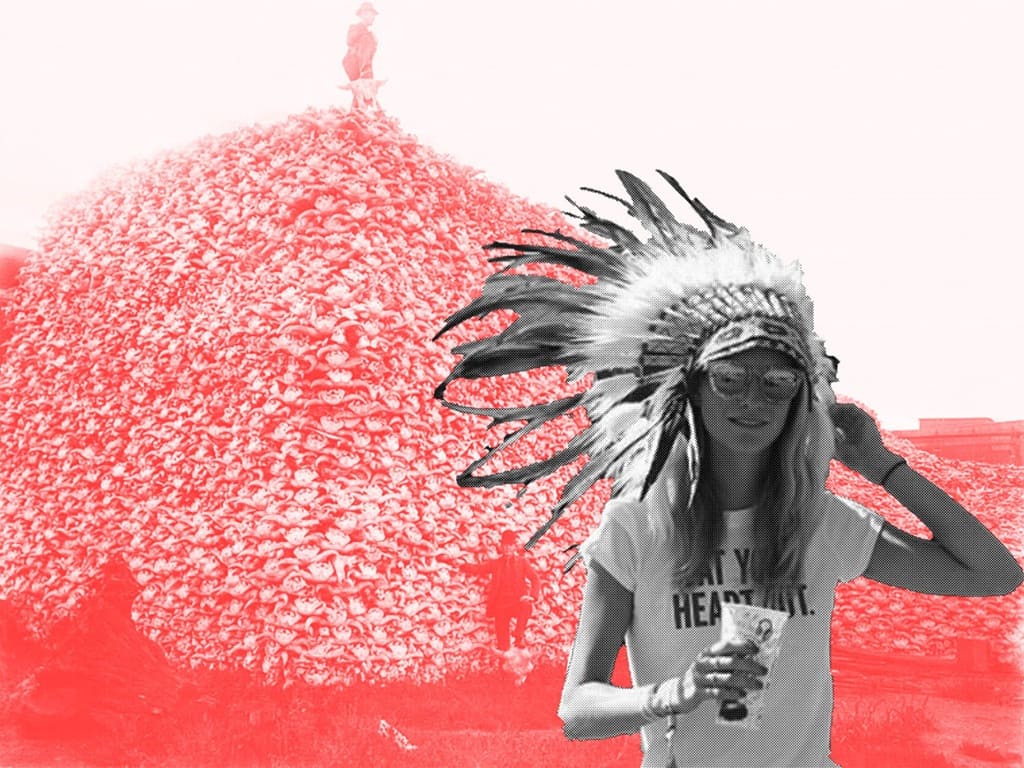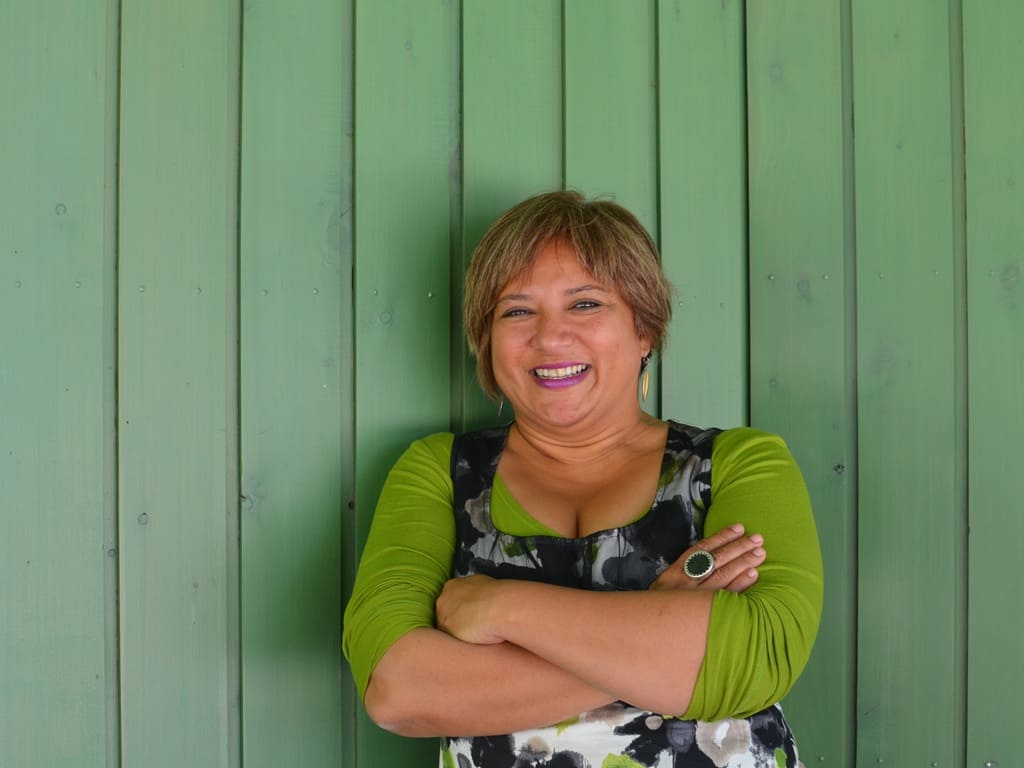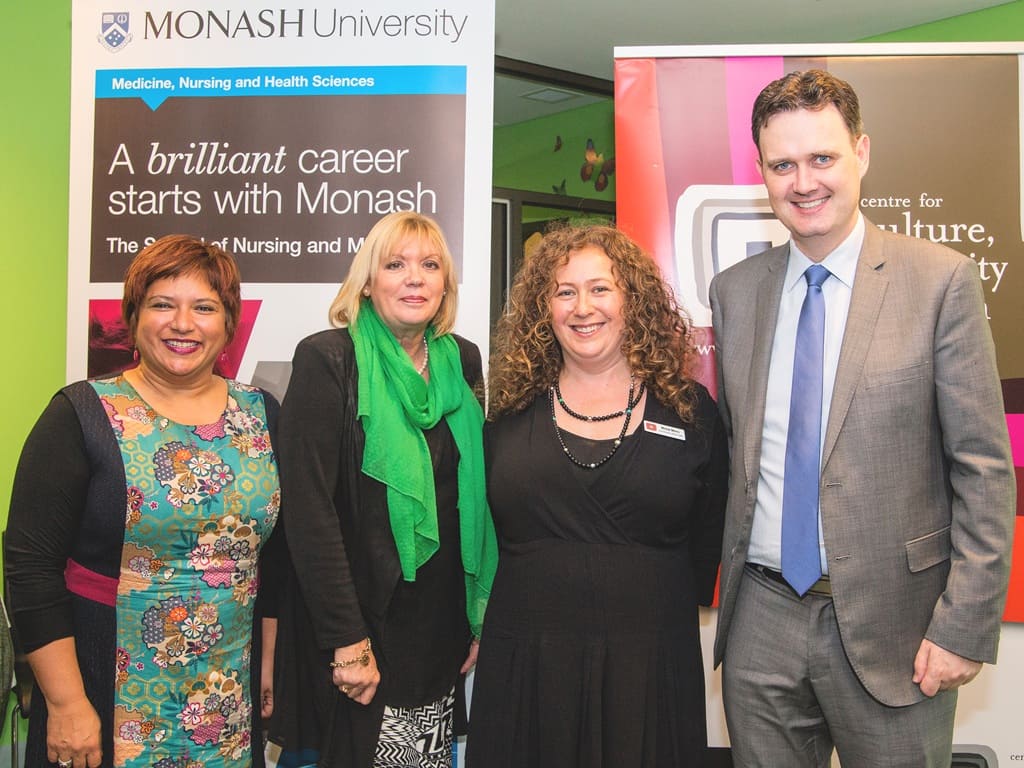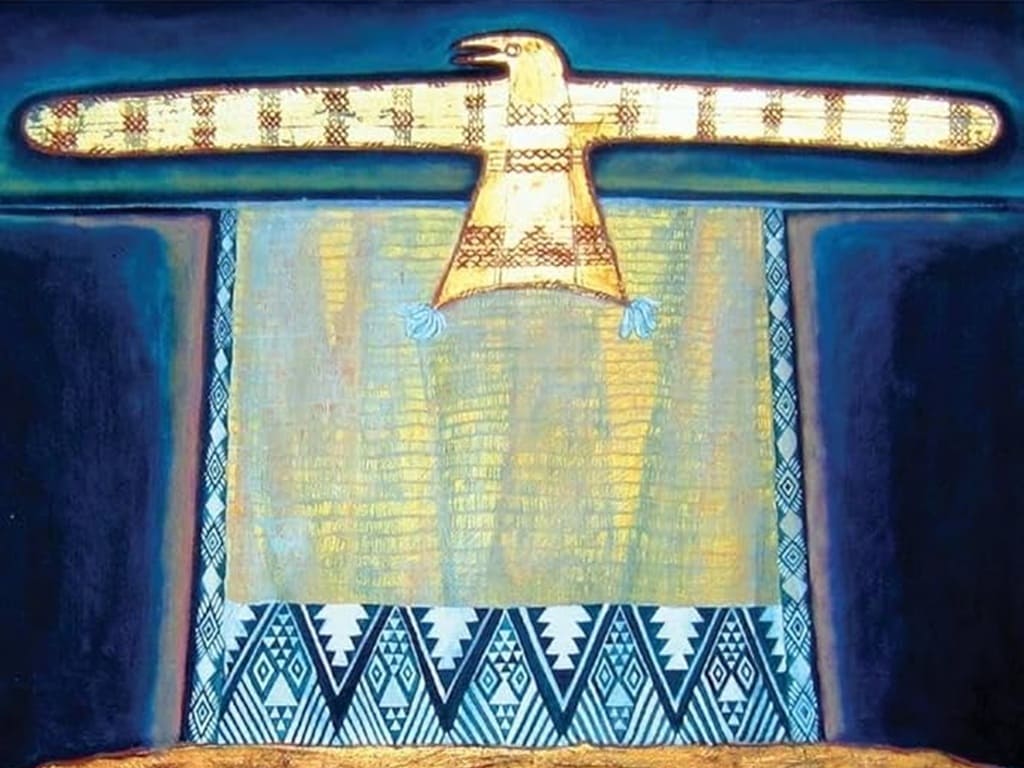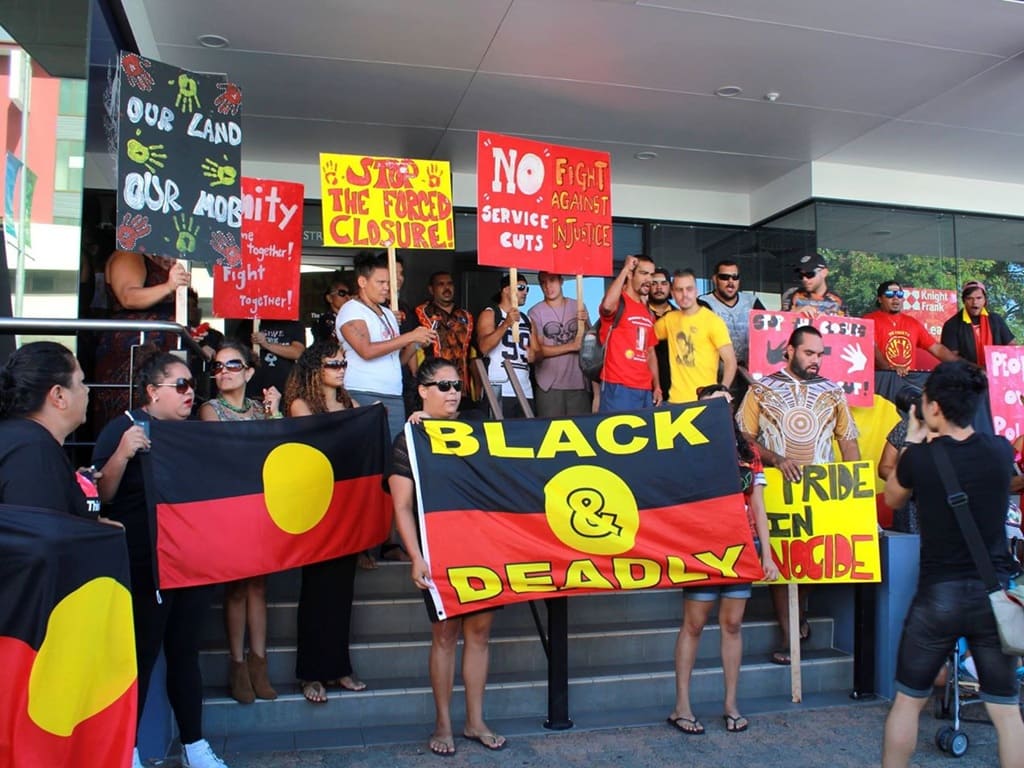Providing Culturally Safe Maternal and Child Healthcare
Cite as: DeSouza, R. (2016, June 1st). Keynote address-Providing Culturally Safe Maternal and Child Healthcare, Multicultural Health Research to Practice Forum: Early Interventions in Maternal and Child Health, Program, Organised by the Multicultural Health Service, South Eastern Sydney, Local Health District, Australia. Retrieved fromhttp://ruthdesouza.dreamhosters.com/2016/06/11/cultural-safety-in-maternity/ […]
Providing Culturally Safe Maternal and Child Healthcare Read Post »
